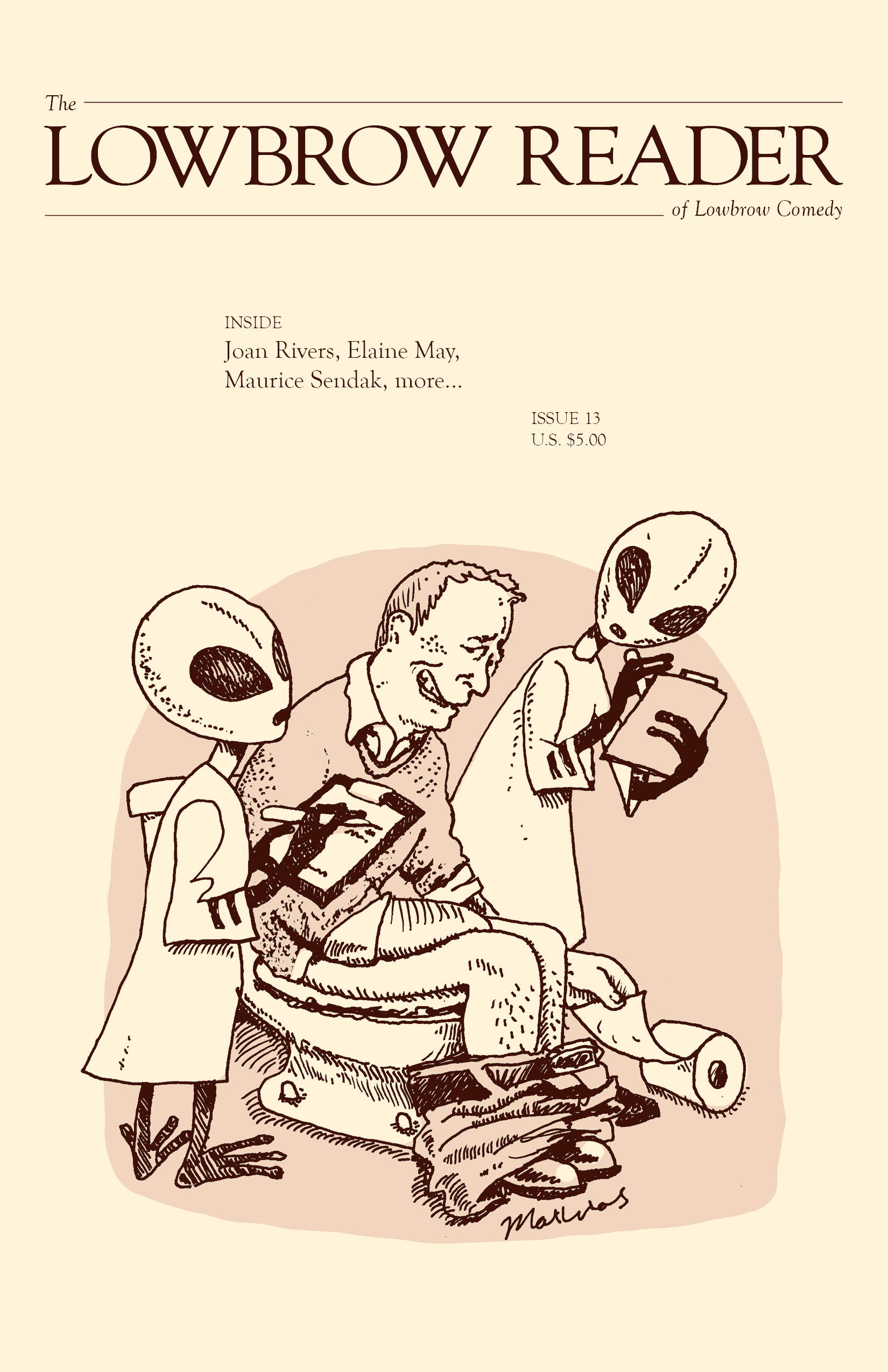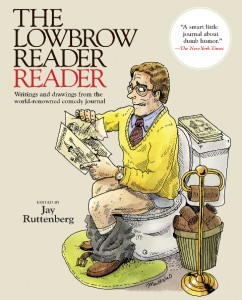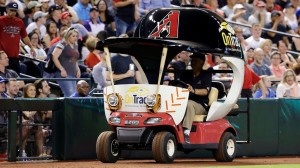Further Rules to Speed up Baseball
In recent years, Major League Baseball has taken strides to pick up the pace of the famously leisurely game. Last season, it ended the decades-long spectacle of a pitcher tossing four balls to signal an intentional walk; this year, the league has curtailed visits to the pitcher’s mound. What other steps should be taken to speed up the game?
The No-Run Home Run
As with its decision regarding intentional walks, the league has deemed it superfluous for a player to ceremonially circle the bases after hitting a home run. Fans will love the league’s new protocol, in which a hitter, after getting confirmation that his ball has cleared the fence, calmly turns around and walks into the dugout. Likewise, any runners on base when a home run leaves the park are to immediately return to the dugout. A STD (Seconds to Dugout) clock will ensure that no base runner lingers on the field, allowing play to resume in prompt fashion.
The Patriotism Check
“The Star-Spangled Banner” will no longer be performed at the onset of a game. In its stead, when purchasing tickets, fans will check a box confirming their adoration for America. Of course, those attending Blue Jays games will gain a similar option regarding Canada, while fans in Milwaukee can pledge their allegiance to an enormous sausage oozing with cheese. For some reason, the Yankees will continue to pause heaven and earth during the seventh inning to play an antique recording of a jingoistic Irving Berlin song.
The Guaranteed Win
To help shorten the season, the Chicago White Sox have been demoted to play in a corporate softball league. All games previously scheduled against the White Sox will be counted as wins for the opposing team; in the games’ place, an installment from the “The Fast and the Furious” franchise will be aired, both on television and at the uncharacteristically lively Guaranteed Rate Field.
The Subways Series
Following the lead of the Arizona Diamondbacks, which reintroduced the bullpen cart, other teams are encouraged to explore new means of pitcher transport. Many are using ride-sharing apps, others human catapults, while some are simply giving their relievers training in sprinting. Both New York teams have installed bullpen subways; once under the game’s rubber, the mound opens as the pitcher is hydraulically elevated, like a Rockette at Radio City Music Hall. (Auspiciously, the trains fall under the jurisdiction of M.L.B., not M.T.A.)
The Gladiator Rule
Taking a cue from Little League’s “mercy rule,” any regular season game that heads into the sixth inning with a five-run deficit will be called in favor of the leading team. Likewise, if by the seventh inning a game is tied but has grown kind of boring, the crowd will vote with its thumbs to call the whole thing off so everybody can go home already. Seeing as the game is but a meaningless diversion from life, henceforth, a swift coin flip will preclude any godforsaken extra inning play.
The M.D. In Row B
Is there any moment more painful for a baseball fan than watching as a player crashes into a wall or gets struck in the face by a pitch, thus necessitating play to cease as medics and trainers crowd the field? No more! Moving forward, once a player falls in injury, his teammates will rapidly gather around him in close order formation, jog him off the field, and hoist him into a premium section of the stands where wealthy doctors are likely to be sitting. In baseball’s unspoken honor code, any player who takes more than 30 seconds to return to the field will be beaned in his next at bat.



